20 Great Tips for Mastering Landscape and Outdoors Photography
Some of the industry’s most cherished photographs depict gorgeous scenery that allows us, as viewers, to travel to parts of the world we’ve never seen.
Landscape photography has the potential for stunning results, but capturing these results isn’t always easy! That’s why we’ve curated twenty tips you can use to get started with landscape photography or to improve upon the skills you’ve already got.
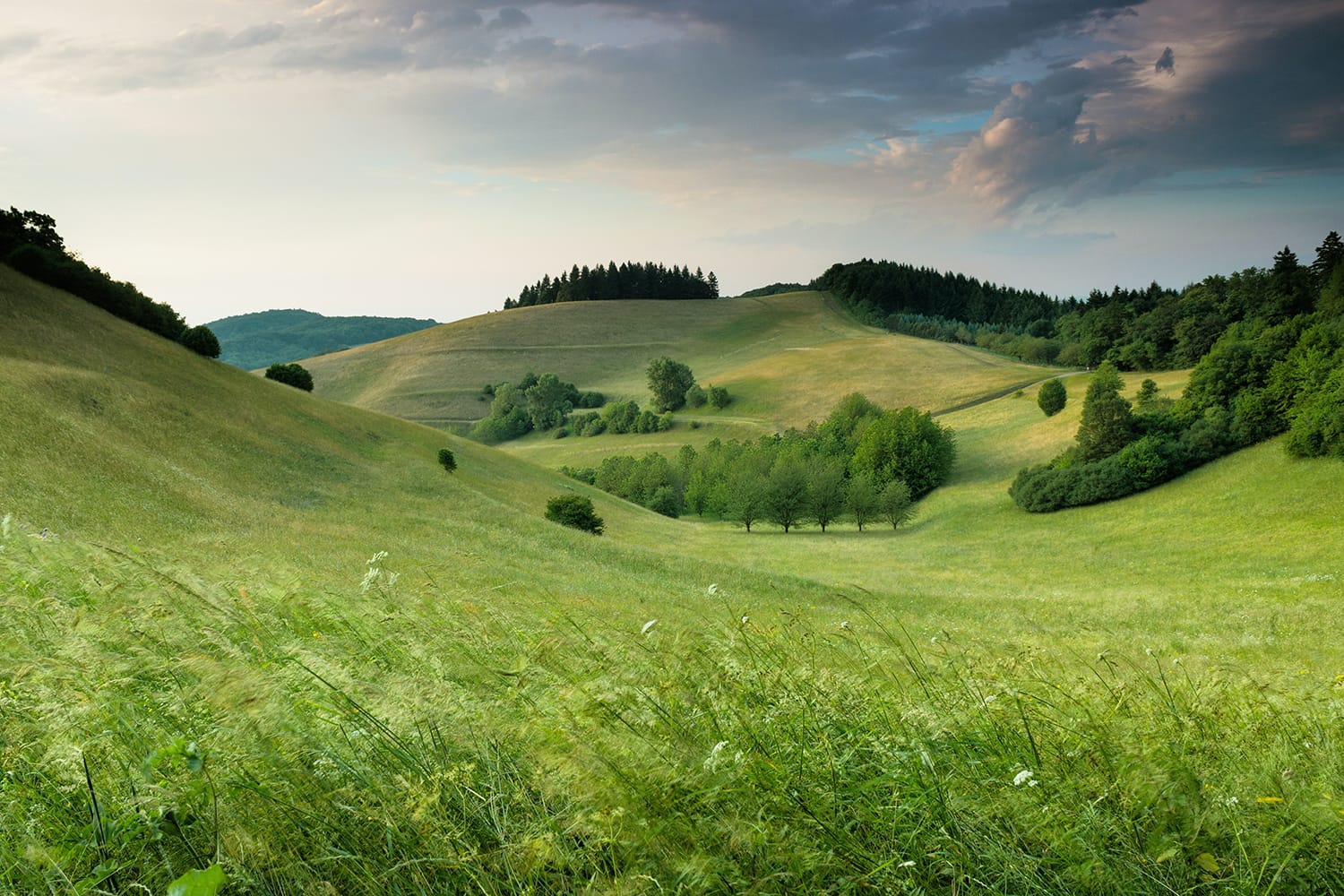
Without further ado, let’s dive in.
1. Try a wide-angle lens
Many landscape shots will vastly benefit from the use of a wide-angle lens, which allows you to capture more of a landscape in your shot.
Also, wide-angle lenses have a greater field of view and impart the illusion that the horizon is further from the photographer than it is – both elements can make for excellent landscape photos.
2. Use a narrow aperture
Because landscape photography necessitates that both the foreground (the objects in the shot closest to you) and the background (the elements of the photo which are furthest away) are in focus, setting a narrow aperture is essential. Try using a somewhat large f/ number, like f/11 for example.
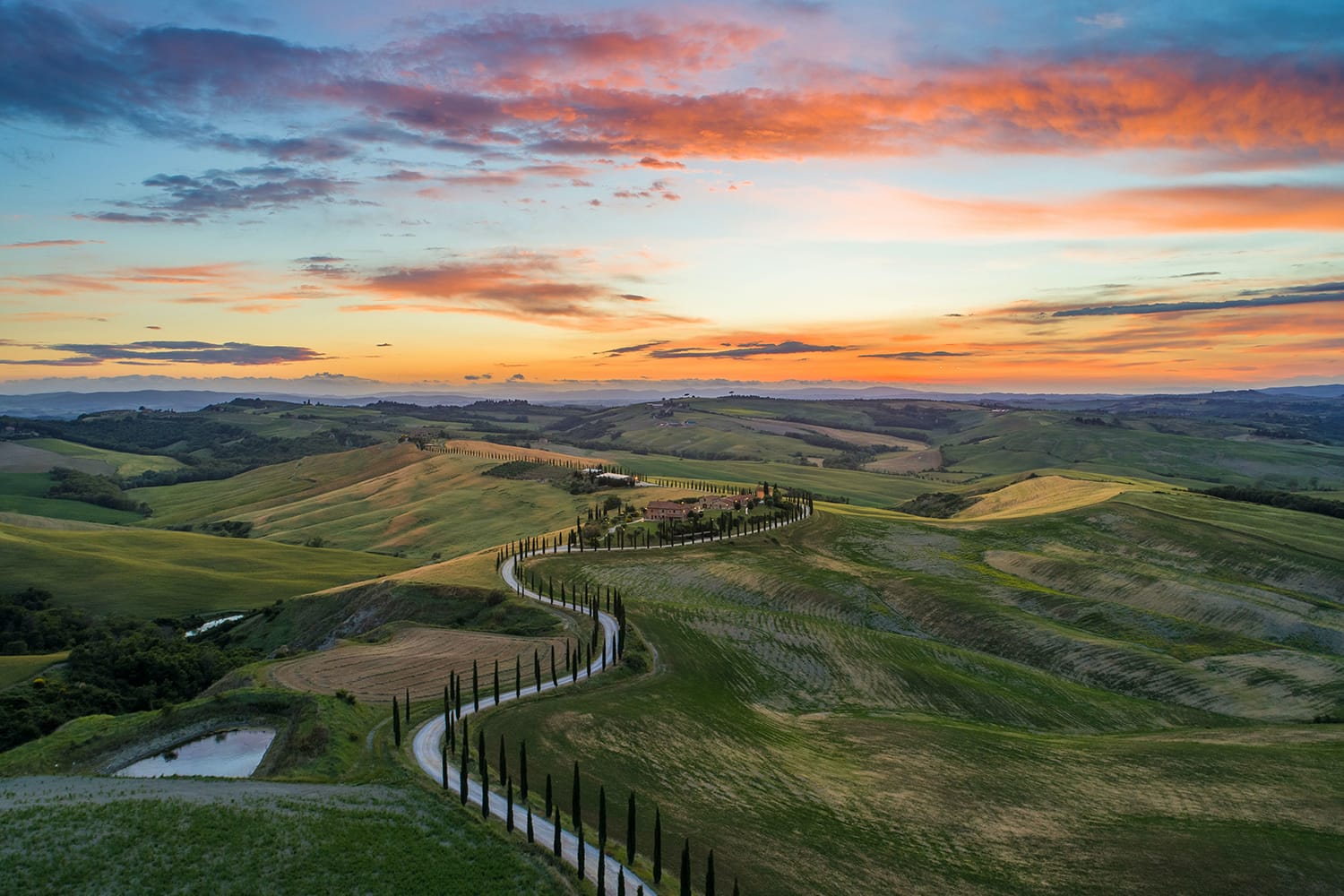
3. Give aperture priority mode a shot
While you’re experimenting with aperture for your landscape shots, set your camera to aperture priority mode so that you can freely change the aperture and let your camera do the rest of the work by adjusting the shutter speed.
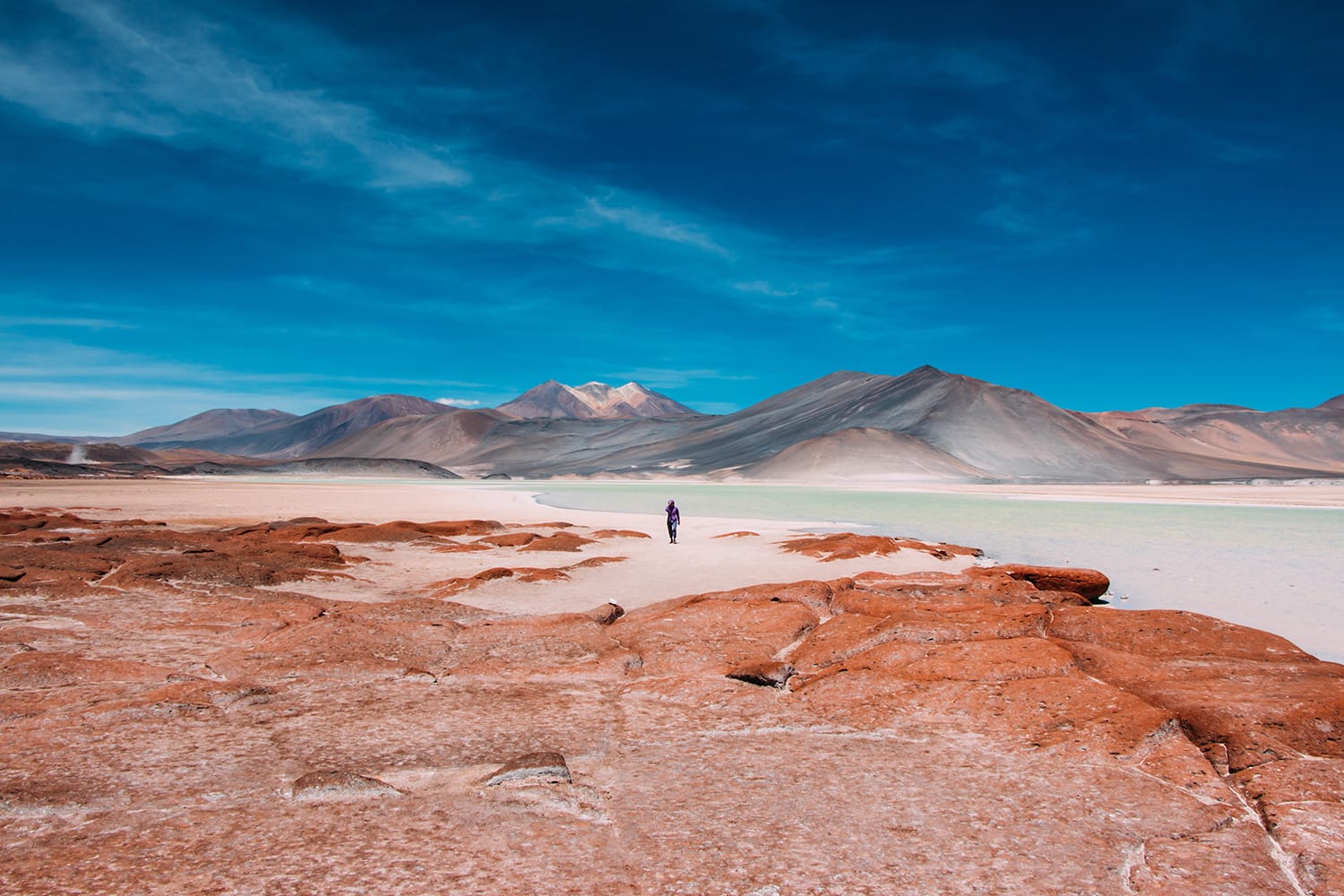
4. Invest in a tripod
Sure, sometimes we can get away with not using a tripod, but landscape shoots aren’t the time to try.
Without a tripod, capturing certain landscape images is naught but impossible, and you never want to be caught in a situation where your ability is limited, thanks to a lack of equipment.
Go for something sturdy but also lightweight so that you don’t struggle to carry it with you on longer treks to the most pristine locations.
5. Don’t forget filters
If you’re newer to photography or just beginning to explore landscape photography, you might not think right away about using filters. However, circular polarizing (CPL) filters can make massive differences in the final appearance of landscape shots.
These filters reduce reflections while giving colors and contrast an extra boost. Fewer reflections mean no worries about water reflections post-thunderstorm, for instance!

6. Assemble a first aid kit
The pursuit of landscape photography means that you’ll need to brave the great outdoors. Often, you’ll find yourself hiking to find the perfect vantage point. Even on short treks, we can’t overstate the importance of keeping a first aid kit on hand to deal with anything from cuts and scrapes to more serious injuries.
7. Include a sense of scale
Landscape photography can be made even more majestic when you compose your image to include a sense of scale. Usually, this means including an element in the scene (such as a person or the buildings of a town in a mountain valley) that a viewer can compare to the surroundings.
8. Be prepared
When it comes to capturing the best landscape shots, it’s all in the planning. Due to the outdoor nature of landscape photography, getting to the right place at the right time often means plenty of location scouting and weather tracking. Failing to adequately prepare yourself before a shoot might only mean wasted time and disappointing results.

9. Lose some sleep
Sorry – early mornings and late nights are a fact of life for landscape photographers. The best times to shoot tend to be roughly an hour before sunrise or an hour before sunset when the quality of lighting is nothing short of magical. Be on location early, then stick around all day to make the most of your trip!
10. Don’t forget compositional basics
In particular, landscape photography is a great time to make use of leading lines. Use shorelines, cliff-sides, horizons, and rising tree trunks to bring your viewer’s eye toward a point of interest.
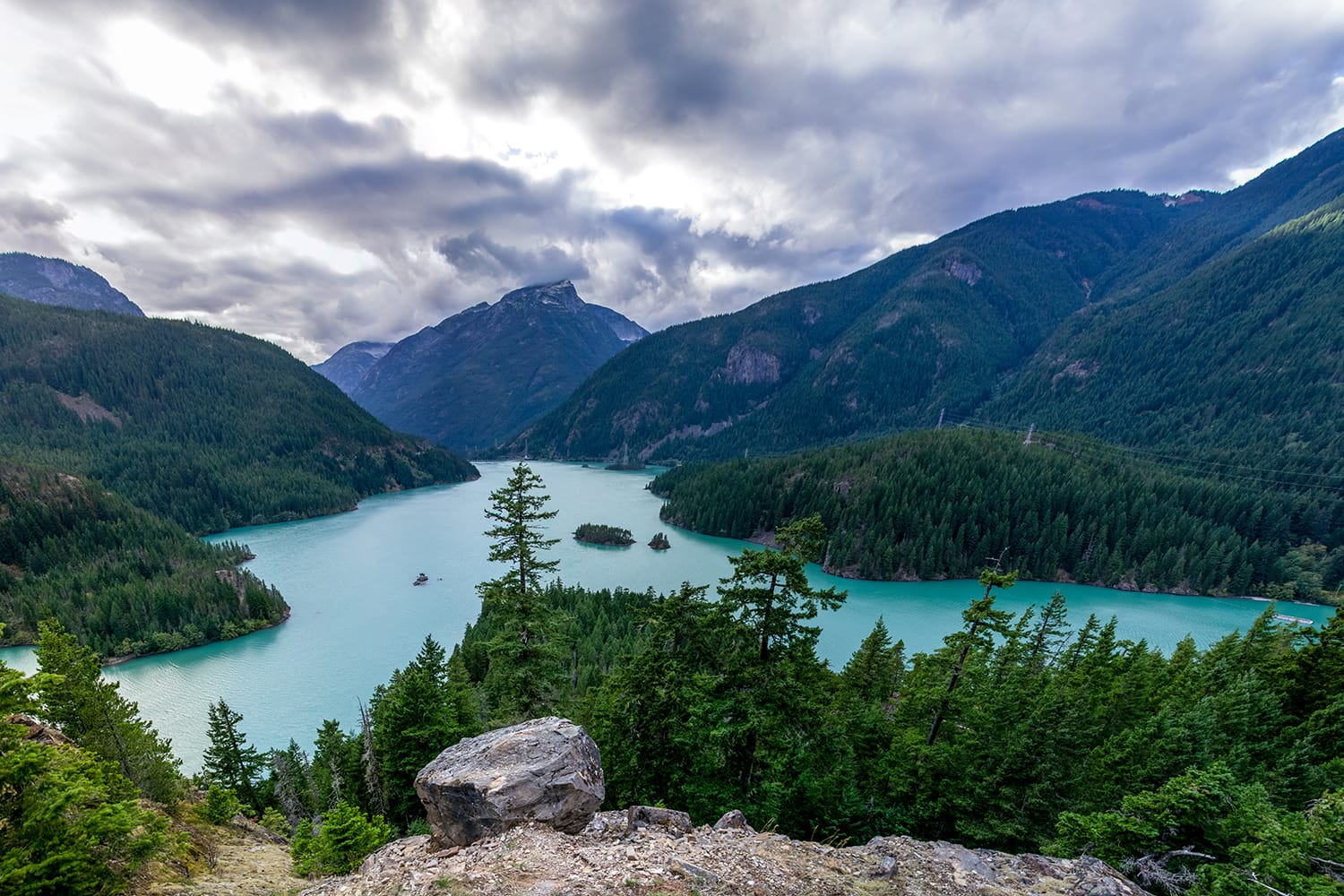
11. Keep moving
Once you’ve reached your location, take full advantage of the time you have to stay moving. Instead of shooting the same scene over and over again, pick up your tripod and move! Change the angle, lie on your stomach, or find a higher vantage point.
Even when you find one particular shot you love, don’t get so obsessed with it that you fail to discover other incredible opportunities.
12. Weatherproof your gear
We don’t need to tell you that shooting outdoors can be wildly unpredictable. Always be prepared for the unexpected by keeping your gear safe in weatherproof bags. No rain in the forecast? You never know when a puddle might best you or when a waterfall could splash its contents your way.

13. Edit yourself
When an incredible landscape has so much to offer, it can be hard not to want to capture every single detail you see before you. However, it’s best to keep your shots free of clutter by carefully choosing what to leave out of your photograph.
Truthfully, this is just as important as deciding what to keep in.
14. Bring spares
When you’re spending an entire day in the middle of nowhere, it’s not so easy to head back to your car and grab an extra memory card. Pack an outdoor bag in advance with extra batteries and memory cards so that you’re not caught with the perfect shot and no way to capture it!
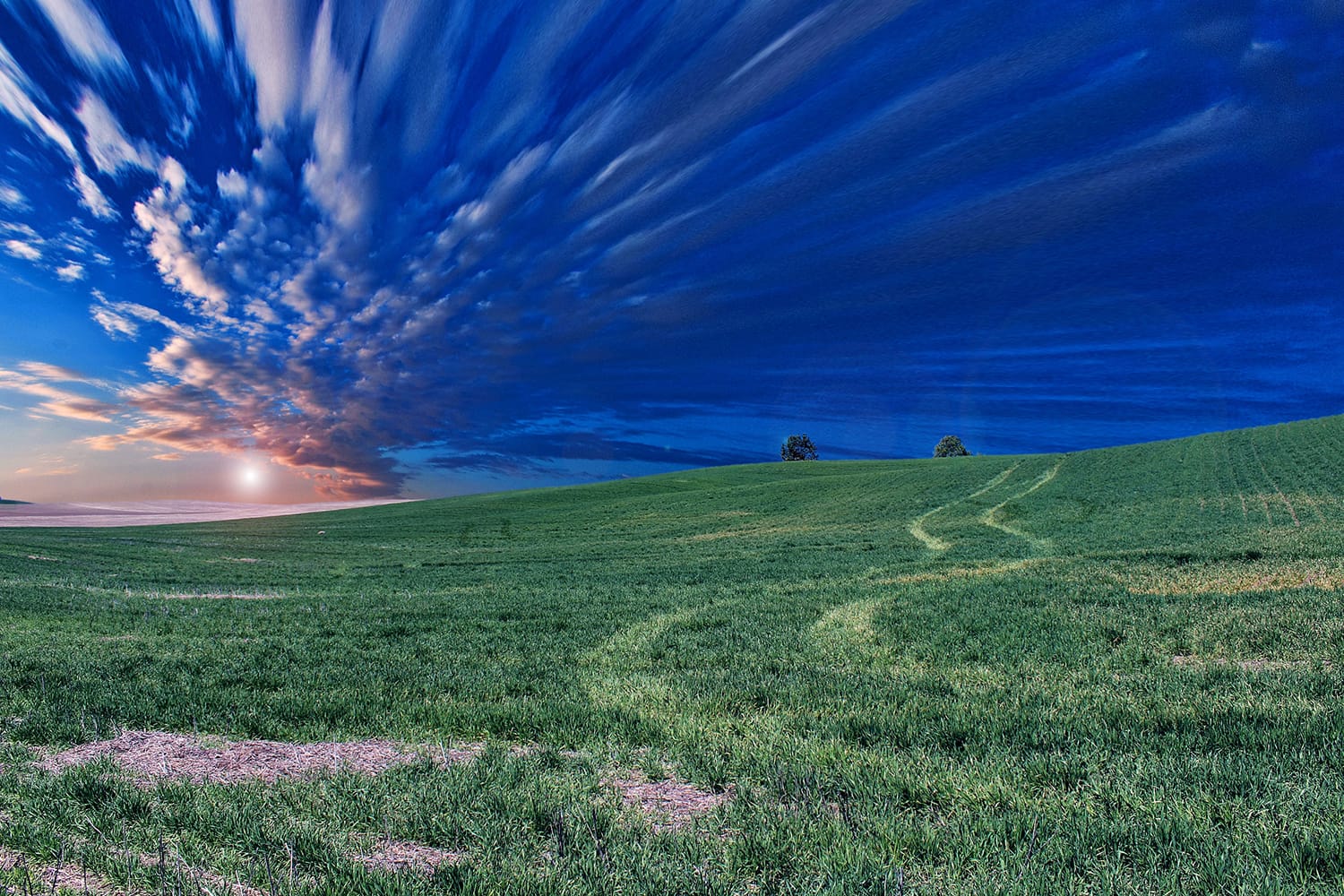
15. Understand hyperfocal distance
In other words, know how to calculate how close you can set your focus without losing background focus. Online calculators and mobile apps exist to help you do just that.
You might remember that we’ve mentioned using a narrow aperture to maintain the best focus throughout your shot, but utilizing hyperfocal distance will help you to avoid diffraction from setting too narrow of an aperture.
16. Look for the best camera features
Sure, you can shoot landscape photography with any camera out there, but that doesn’t mean you’ll get the best results. If you’re looking to dedicate yourself to landscape photography truly, look for a camera with weather sealing, a high dynamic range and megapixel count, live view, and a high-performing ISO range.
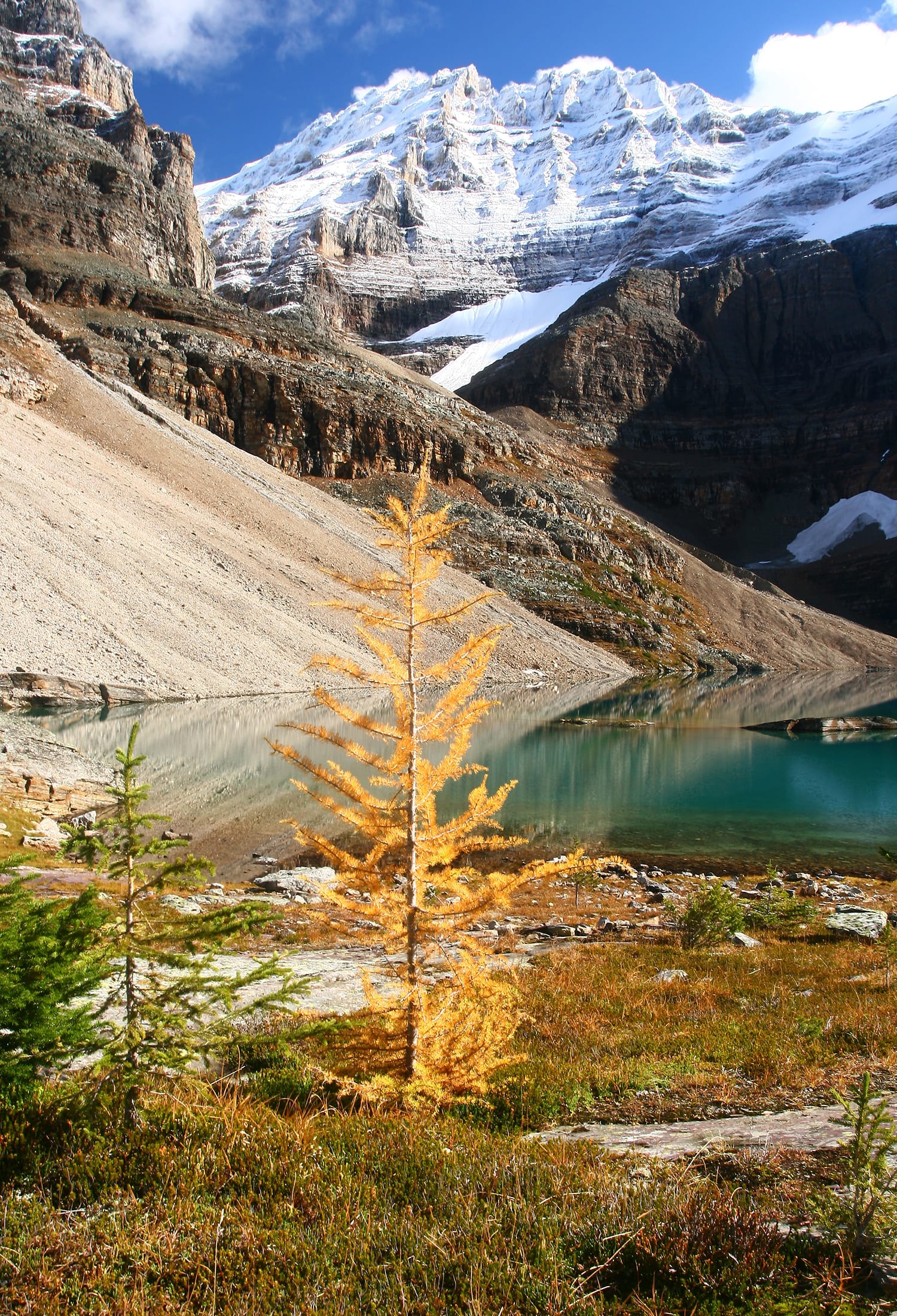
17. Shoot RAW
To maintain the highest image quality, shoot your landscape images in RAW format rather than in JPEG format, which compresses details. RAW images are also easier to edit during post-processing!
18. Don’t forget the sky
The sky plays such a significant role in landscape shots that it’s a shame when photographers forget to catch it at its best. Use cloud cover and unique colors imparted by sunrise, sunset, and weather patterns to set a dramatic tone.
19. Seek out movement
Contrary to popular belief, landscape photography is anything but static. Look for movement surrounding you and include it in your shots for added life. This can be anything from capturing star trails at night to the movement of waterfalls during the day.

20. Value post-processing tools
Thus far, we’ve focused almost entirely on tips to try while you’re out in the field or preparing for your next shoot. Still, landscape photography offers plenty of opportunities for photo editing lovers to strut their stuff, too. Brush up on the numerous post-processing tricks you can use to enhance your landscape photography further, and don’t think for a moment that your journey ends when you pack up your tripod and head home.
Truthfully, we could go on and on, because landscape photography is a genre that’s chock full of variety, opportunity, and thrill. For now, give these twenty tips & tricks a try, and see where they lead you! Most importantly, enjoy the adventure.
